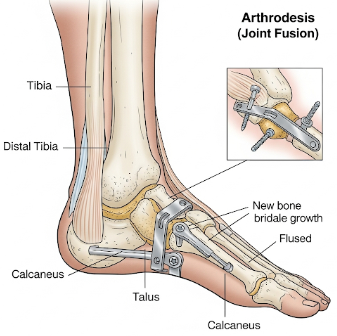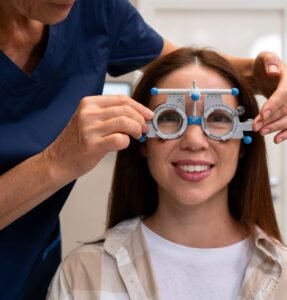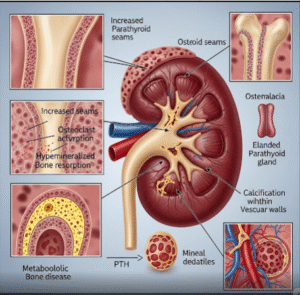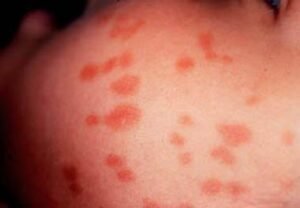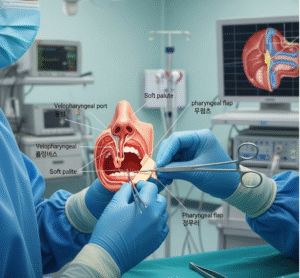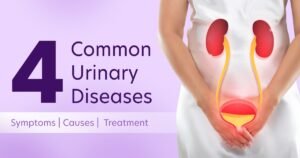Overview
Arthrodesis, also known as joint fusion, is a surgical procedure that permanently fuses the bones of a joint, eliminating movement in order to relieve pain, stabilize the joint, and restore function. It is commonly used for patients with severe arthritis, traumatic joint injury, or deformities that do not respond to conservative treatments.
In Korea, arthrodesis is performed in advanced orthopedic centers by experienced orthopedic surgeons. Hospitals use state-of-the-art surgical tools, minimally invasive techniques, and precise fixation devices, ensuring optimal outcomes, reduced recovery time, and long-term joint stability. Korean centers also provide comprehensive rehabilitation programs to help patients regain mobility and independence.
What is Arthrodesis (Joint Fusion)?
Arthrodesis involves surgically joining the bones of a joint so that they heal into a single, solid bone. This procedure is typically used for joints such as:
- Ankle (ankle arthrodesis)
- Wrist
- Spine (spinal fusion)
- Thumb, knee, or elbow
The surgery is indicated when painful or unstable joints cannot be treated effectively with medication, physical therapy, or joint replacement. Arthrodesis improves joint stability, reduces deformity, and relieves chronic pain.
Techniques for arthrodesis include:
- Open arthrodesis: Traditional surgery with a larger incision
- Minimally invasive arthrodesis: Smaller incisions with less tissue damage and faster recovery
- Internal fixation: Using screws, plates, or rods to stabilize the fused joint
What are the benefits?
- Eliminates chronic pain in severely damaged or arthritic joints
- Improves joint stability and function
- Corrects deformity, preventing further joint damage
- Provides long-term durability compared to joint replacement in certain cases
- ✅ Minimally invasive approaches in Korea reduce hospital stay and post-operative pain
- ✅ High success rates with advanced fixation devices and surgical precision
- ✅ Enables patients to return to daily activities with improved quality of life
Procedure Details
1) How should I prepare for Arthrodesis?
- ➤ Comprehensive evaluation including X-rays, CT scans, or MRI to assess joint condition
- ➤ Medical evaluation to check overall health, blood tests, and anesthesia risk
- ➤ Discuss medications, especially blood thinners or anti-inflammatory drugs
- ➤ Preoperative counseling regarding the procedure, recovery time, and rehabilitation
- ➤ Arrange support at home during initial recovery period
2) What happens during the procedure Arthrodesis?
- ✅ Performed under general or regional anesthesia
- ✅ Surgeon removes damaged cartilage and prepares bone surfaces for fusion
- ✅ Bone grafts may be used to fill gaps and promote solid bone healing
- ✅ Bones are aligned and stabilized using screws, plates, or rods
- ✅ Incisions are closed and the joint immobilized with a cast, splint, or brace
- ✅ Surgery duration depends on joint complexity, usually 1–3 hours
3) What happens after an Arthrodesis?
- ➤ Patients are monitored in the recovery room for vital signs and pain management
- ➤ Elevate the affected limb to reduce swelling
- ➤ Weight-bearing is usually restricted for several weeks, depending on the joint
- ➤ Physical therapy begins to strengthen surrounding muscles and improve mobility of adjacent joints
- ➤ Full recovery may take 3–6 months, with gradual return to normal activities
Risks / Benefits
Potential Risks:
- ➤ Infection at the surgical site
- ➤ Non-union or delayed bone healing
- ➤ Blood clots
- ➤ Nerve or blood vessel injury
- ➤ Persistent stiffness or pain in surrounding areas
Benefits:
- ✅ Provides permanent pain relief for severely damaged joints
- ✅ Improves stability and functional ability
- ✅ Corrects malalignment or deformity
- ✅ High success rates in Korea due to modern surgical techniques and fixation devices
- ✅ Long-lasting results, often eliminating the need for repeated surgeries
Recovery and Outlook
- Hospital stay: Usually 1–5 days depending on joint and surgical approach
- Activity: Limited mobility initially; gradual weight-bearing under supervision
- Immobilization: Cast, brace, or splint for several weeks to months
- Physical therapy: Strengthening, balance, and range-of-motion exercises for surrounding joints
- Full recovery: Typically 3–6 months, depending on joint and patient health
- Most patients experience dramatic pain relief and improved joint stability, although the fused joint will no longer move
When To Call the Doctor
- ➤ Redness, swelling, or discharge at the surgical site
- ➤ Persistent or worsening pain
- ➤ Signs of blood clots (swelling, redness in limb)
- ➤ Fever or infection
- ➤ Numbness, tingling, or difficulty moving adjacent joints
Best Korea Option / Process
- ✅ Korea provides specialized orthopedic centers with high success rates for joint fusion
- ✅ Hospitals in Seoul, Busan, and Incheon offer advanced imaging, minimally invasive surgery, and rehabilitation programs
- ✅ Experienced orthopedic surgeons ensure precision, reduced complications, and optimal outcomes
- ✅ Post-operative care includes pain management, physical therapy, and long-term follow-up
- ✅ International patients benefit from VIP services, English-speaking coordinators, and comprehensive care packages
- ✅ Arthrodesis in Korea ensures stable, pain-free joints and improved quality of life

